Search
Remove Ads
Advertisement
Search Results
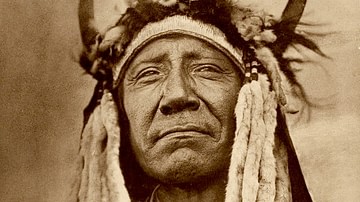
Image
Cheyenne War Chief Two Moons
Cheyenne War Chief Two Moons (l. 1847-1917), who led Cheyenne forces at the Battle of the Little Bighorn in June 1876. Photograph by Edward S. Curtis, 1910, published in 1911, in The North American Indian, Volume 6, plate no. 213. Northwestern...
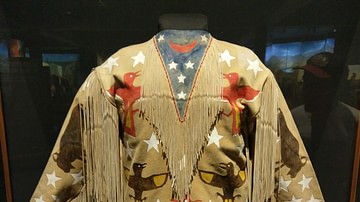
Definition
Ghost Dance
The Ghost Dance (Spirit Dance) is an expression of rebirth and renewal using the traditional Native American circle dance, first practiced by the Paiute Nation in 1869 and again in 1889 when it was adopted by other Plains Indians nations...
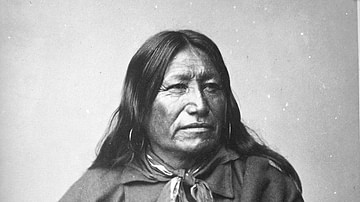
Definition
Sioux Chief Spotted Tail (Eastman's Biography)
Spotted Tail (Sinte Galeska, l. 1823-1881) was a Brule Lakota Sioux chief best known for choosing diplomacy over military conflict in dealing with the US government's policy of expansion in the 19th century. Although he became a respected...

Article
A Storm Eagle
A Storm Eagle is a Cheyenne story recounting a battle fought between the Cheyenne and Pawnee in the winter of 1854-1855 when the Cheyenne retrieved the horses that the Pawnee had stolen from the Arapaho, who were allies of the Cheyenne. The...
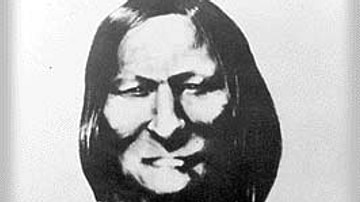
Definition
Black Kettle
Black Kettle (Mo-ta-vato/Mo'ohtavetoo'o, l. c. 1803-1868) was a chief of the Southern Cheyenne who became famous as a "peace chief" – seeking peaceful relations with the US government – as opposed to war chiefs such as Roman Nose (Cheyenne...
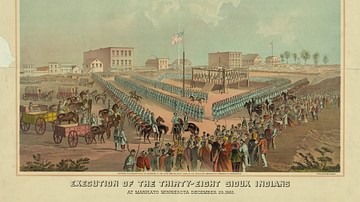
Article
George W. Crooks' Account of the Dakota War of 1862
George W. Crooks' Account of the Dakota War of 1862 is a narrative of the events leading up to the "Minnesota Massacre" known as the Dakota War of 1862, given by the Dakota gentleman George W. Crooks (l. c. 1856-1947) in 1937 when he was...
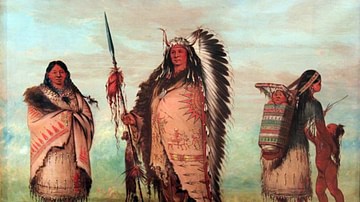
Definition
Sioux
The Sioux are a native North American nation who inhabited the Great Plains region of, roughly, modern Colorado, Montana, Nebraska, North Dakota, South Dakota, and Wyoming. They are one of the many nations referred to as Plains Indians who...
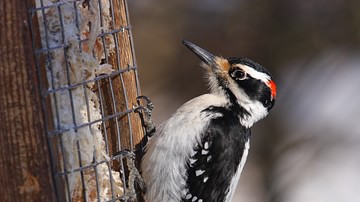
Article
The Woodpecker's Mother-in-Law
The Woodpecker's Mother-in-Law is a Cheyenne tale which, like any other, is open to various interpretations but, among them, highlights the strength and autonomy of Cheyenne women. The old woman and her daughter each possess supernatural...
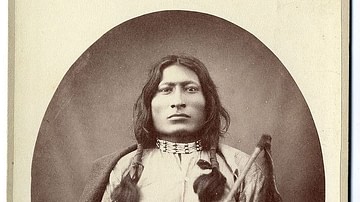
Image
Lakota Sioux Warrior One Bull
Lakota Sioux warrior and "sacred clown" One Bull (l. c. 1853-1947), brother of White Bull and nephew of Sitting Bull. Photograph by Dr. George P. Dix, Joshua Bradford Bailey, and John L. Mead, 1882. American Philosophical Society Digital...

Definition
Chief Joseph (Eastman's Biography)
Chief Joseph (Heinmot Tooyalakekt, l. 1840-1904) was the leader of the Wallowa band of the Nez Perce Native American nation, who, in 1877, resisted forced relocation from his ancestral lands in the Wallowa Valley of northeastern Oregon and...